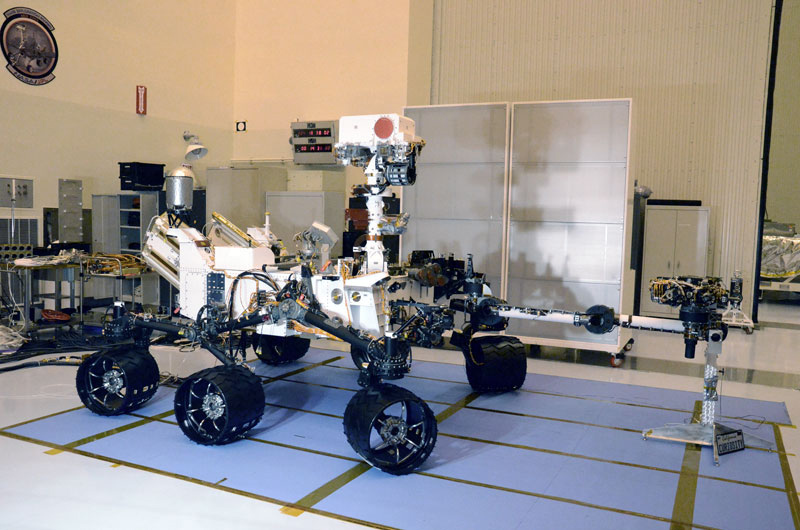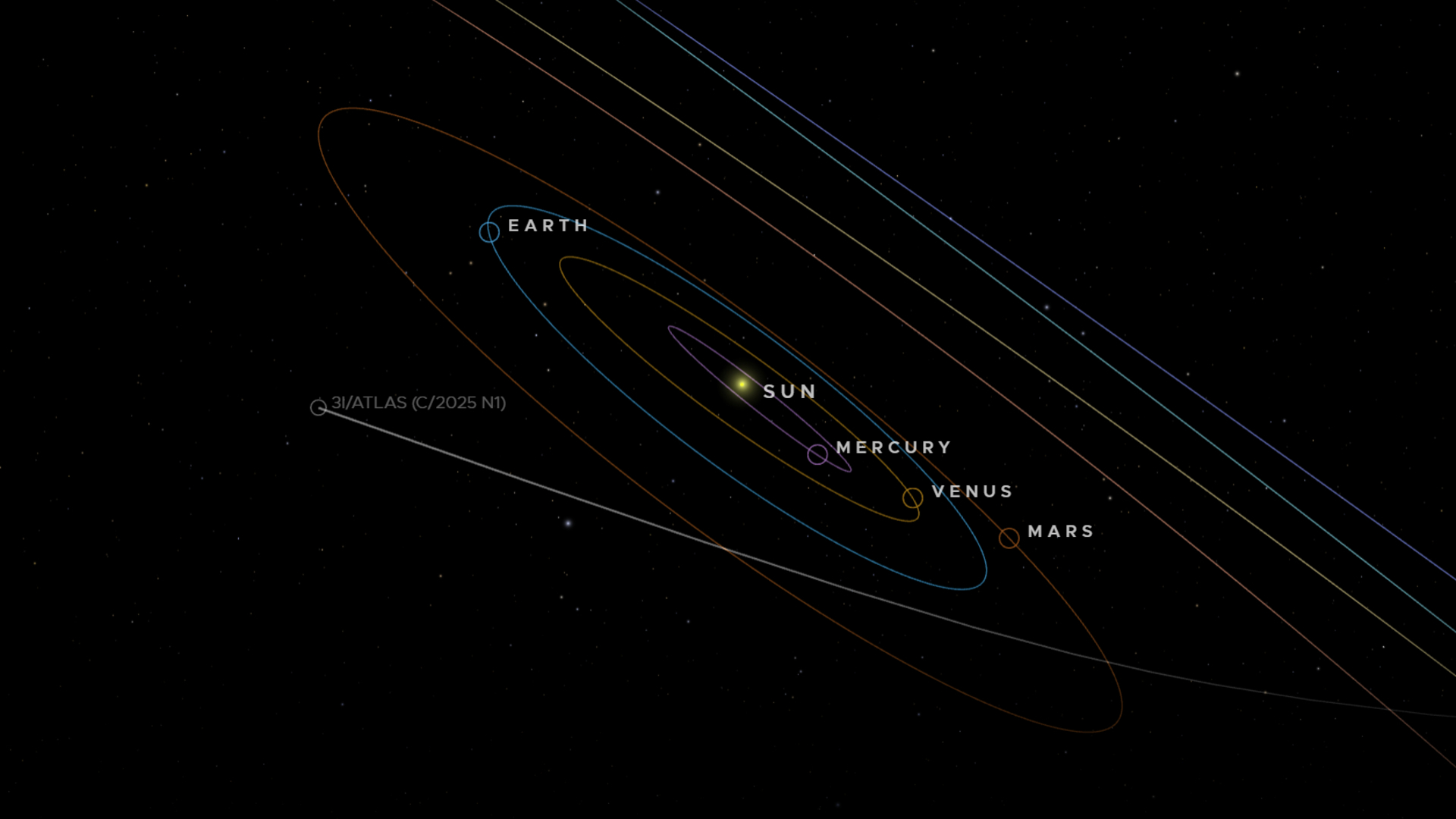Journey to the Red Planet: A Mars Missions Timeline

Editor's Note: The following timeline was updated on March 8, 2016.
Getting to Mars has never been easy. In the time that humans have been sending probes to Mars, there have been devastating failures and incredible successes. Here's a timeline of all the attempted Mars missions — including orbiters, landers and rovers — by various space agencies.
Marsnik 1: USSR, launched Oct. 10, 1960 on an intended Mars flyby. The spacecraft did not reach Earth orbit.
Marsnik 2: USSR, launched Oct. 14, 1960 on an intended Mars flyby. The spacecraft did not reach Earth orbit.
Sputnik 22: USSR, launched Oct. 24, 1962 on an intended Mars flyby. The spacecraft achieved Earth orbit only.
Mars 1: USSR, launched Nov. 1, 1962 on an intended Mars flyby. The spacecraft's radio failed at 65.9 million miles (106 million kilometers).
Sputnik 24: USSR, launched Nov. 4, 1962 on an intended Mars flyby. The spacecraft achieved Earth orbit only.
Breaking space news, the latest updates on rocket launches, skywatching events and more!
Mariner 3: U.S., launched Nov. 5, 1964 on an intended Mars flyby. The shroud encasing the spacecraft at the top of the rocket failed to jettison.
Mariner 4: U.S., launched Nov. 28, 1964 and achieved the first successful Mars flyby on July 14, 1965. The spacecraft returned 21 photos.
Zond 2: USSR, launched on Nov. 30, 1964 on an intended Mars flyby. The spacecraft passed Mars but its radio failed and it did not return any planetary data.
Mariner 6: U.S., launched Feb. 24, 1969 and successfully completed a Mars flyby on July 31, 1969. The spacecraft returned 75 photos.
Mariner 7: U.S., launched March 27, 1969 and flew by Mars on Aug. 5, 1969. The spacecraft returned 126 photos.
Mars 1969A: USSR, launched March 27, 1969. The Mars orbiter did not reach Earth orbit.
Mars 1969B: USSR, launched April 2, 1969. The Mars orbiter failed during launch.
Mariner 8: U.S., launched May 8, 1971. The Mars orbiter failed during launch.
Kosmos 419: USSR, launched May 10, 1971. The Mars orbiter achieved Earth orbit only.
Mars 2: USSR, launched May 19, 1971. The Mars orbiter and lander arrived on Nov. 2, 1971, but returned no useful data, and the lander burned up due to steep entry.
Mars 3: USSR, launched May 28, 1971. The Mars orbiter and lander arrived on Dec. 3, 1971. The lander operated on the surface of Mars for 20 seconds before failing.
Mariner 9: U.S., launched May 30, 1971. The Mars orbiter was in orbit from Nov. 13, 1971 to Oct. 27, 1972. The spacecraft returned 7,329 photos.
Mars 4: USSR, launched July 21, 1973. The failed Mars orbiter flew past Mars on Feb. 10, 1974.
Mars 5: USSR, launched July 25, 1973. The Mars orbiter arrived on Feb. 12, 1974 but lasted only a few days.
Mars 6: USSR, launched Aug. 5, 1973. The Mars flyby module and lander arrived on March 3, 1974 but the lander failed due to a fast impact.
Mars 7: USSR, launched Aug. 9, 1973. The Mars flyby module and lander arrived on March 3, 1974 but the lander missed the planet.
Viking 1: U.S., launched Aug. 20, 1975. The Mars orbiter operated from June 1976 to 1980 and the lander operated from July 1976 to 1982.
Viking 2: U.S., launched Sept. 9, 1975. The Mars orbiter operated from Aug. 1976 to 1987, and the lander operated from Sept. 3, 1976 to 1980. Combined, the Viking orbiters and landers returned more than 50,000 photos.
Phobos 1: USSR, launched July 7, 1988. The Mars orbiter and Phobos lander were lost in Aug. 1988 en route to Mars.
Phobos 2: USSR, launched July 12, 1988. The Mars orbiter and Phobos lander were lost in March 1989 near Phobos.
Mars Observer: U.S., launched Sept. 25, 1992. The spacecraft was lost just before arrival at Mars on Aug. 21, 1993.
Mars Global Surveyor: U.S., launched Nov. 7, 1996. The Mars orbiter arrived on Sept. 12, 1997 and transmitted its last communication on Nov. 2, 2006. The spacecraft returned more than 240,000 camera images, 206 million spectrometer measurements and 671 million laser-altimeter shots.
Mars 96: Russia, launched Nov. 16, 1996. The orbiter, two landers and two penetrators were lost after the rocket failed.
Mars Pathfinder: U.S., launched Dec. 4, 1996. The Mars lander and rover landed on July 4, 1997 and communicated with ground teams last on Sept. 27, 1997.
Nozomi: Japan, launched July 4, 1998. The Mars orbiter failed to enter orbit in Dec. 2003.
Mars Climate Orbiter: U.S., launched Dec. 11, 1998. The spacecraft was lost upon arrival in September 1999.
Mars Polar Lander/Deep Space 2: U.S., launched Jan. 3, 1999. The lander and two epentrators were lost on arrival in December 1999.
Mars Odyssey: U.S., launched March 7, 2001. The Mars orbiter arrived on Oct. 24, 2001 and is currently conducting its extended science mission. The spacecraft has returned about 350,000 images, mapped global distributions of several elements, and relayed more than 95 percent of all data from the Spirit and Opportunity rovers.
Mars Express/Beagle 2: European Space Agency, launched June 2, 2003. The Mars orbiter completed its prime mission in November 2005 and is currently on an extended mission. The lander was lost on arrival on Dec. 25, 2003.
Mars Exploration Rover Spirit: U.S., launched June 10, 2003. The Mars rover landed on the Red Planet on Jan. 4, 2004 for three-month mission to look for signs of past water activity on Mars. Ground controllers lost communication with Spirit in March 2010, and repeated attempts to awaken the rover failed. The rover far outlived its intended warranty, but NASA declared Spirit dead in May 2011.
Mars Exploration Rover Opportunity: U.S., launched July 7, 2003. The Mars rover landed on Jan. 25, 2004 for a three-month prime mission in the Meridiani Planum region. The rover has currently logged more than 20 miles on the Red Planet and is now investigating the huge Endeavour crater. [Mars Explored: Landers and Rovers Since 1971 (Infographic)]
Mars Reconnaissance Orbiter: U.S., launched Aug. 12, 2005. The Mars orbiter began orbiting the planet on March 12, 2006. The spacecraft has provided data that include more than 25,000 images and 3,500 radar observations. The mission has returned more total data than produced by all previous Mars missions combined.
Phoenix Mars Lander: U.S., launched Aug. 4, 2007. The Mars lander touched down on May 25, 2008 and dug through Martian soil to confirm the presence of water ice beneath the surface. Phoenix's solar panels suffered severe damage from the harsh Martian winter, and communication with the $475 million lander was lost in November 2008. After repeated attempts to reestablish contact, NASA declared Phoenix broken and dead in May 2010.
Phobos-Grunt: Russia, launched Nov. 8, 2011 on a mission to the Mars moon Phobos. The $163 million Phobos-Grunt spacecraft's thrusters failed to fire in a maneuver that would have sent the spacecraft on to Mars. It became stuck in Earth orbit, and crashed into the Pacific Ocean on Jan. 15, 2012.
Mars Science Laboratory: U.S., lanched Nov. 26, 2011. The $2.5 billion Curiosity rover landed at Gale crater on Aug. 5, 2014. The rover is carrying 10 instruments that will enable it to dig, drill and analyze the composition of rock samples. Go here to read about Curiosity's biggest science discoveries so far.
Mars Atmosphere and Volatile Evolution (MAVEN): U.S., launched Nov. 18, 2013. The $671 million Mars orbiter was launched primarily to study the Martian atmosphere. Arrived at the Red Planet on Sept. 21, 2014. MAVEN is helping scientists understand how Mars lost most of its ancient atmosphere.
Mars Orbiter Mission: India, launched Nov. 5, 2013. The $73 million orbiter, which is also known as Mangalyaan, arrived at Mars on Sept. 23, 2014. Intended to explore Mars' surface features, mineralogy and atmosphere.
ExoMars Program: Europe and Russia, consists of two missions. First mission (orbiter and lander) scheduled to launch March 14, 2016. The Trace Gas Orbiter (TGO) will study the planet from above, while a small lander called Schiaparelli will test landing technologies. The second mission, scheduled to launch in 2018, consists of a rover that will drill 6.5 feet (2 meters) into the Martian soil. The combined cost of the program is about $1.6 billion.
Follow SPACE.com for the latest in space science and exploration news on Twitter @Spacedotcom and on Facebook.

Space.com is the premier source of space exploration, innovation and astronomy news, chronicling (and celebrating) humanity's ongoing expansion across the final frontier. Originally founded in 1999, Space.com is, and always has been, the passion of writers and editors who are space fans and also trained journalists. Our current news team consists of Editor-in-Chief Tariq Malik; Editor Hanneke Weitering, Senior Space Writer Mike Wall; Senior Writer Meghan Bartels; Senior Writer Chelsea Gohd, Senior Writer Tereza Pultarova and Staff Writer Alexander Cox, focusing on e-commerce. Senior Producer Steve Spaleta oversees our space videos, with Diana Whitcroft as our Social Media Editor.
